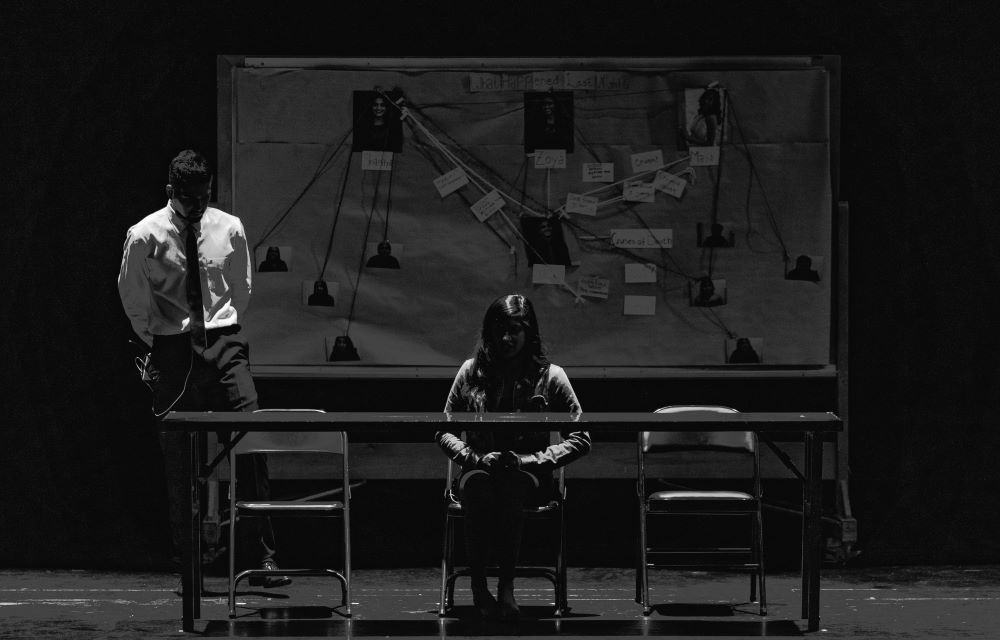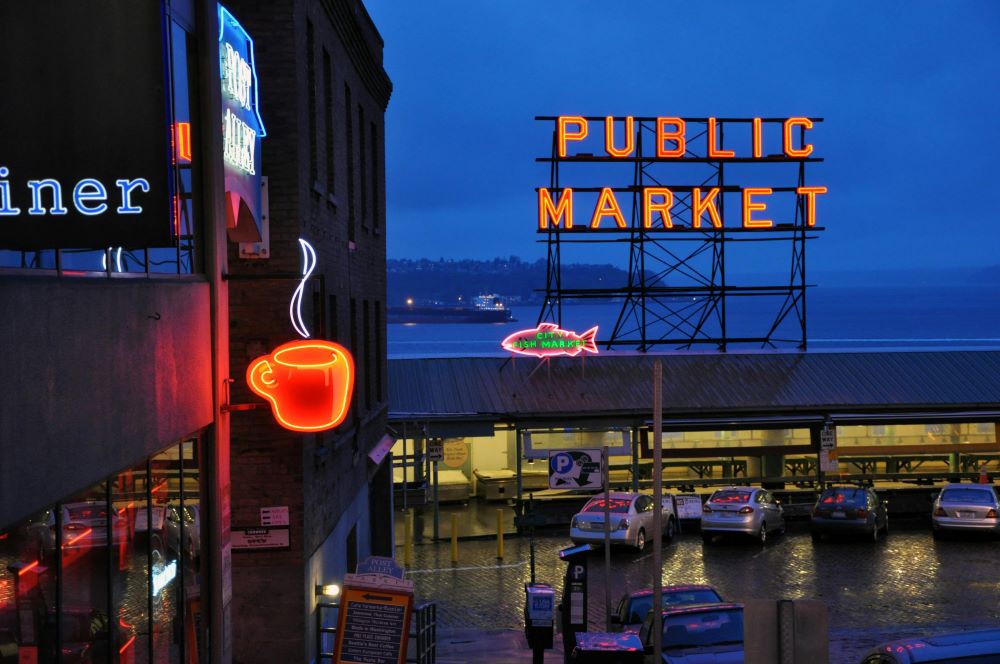BMA4001-20: Organisational Behaviour & Management Business Case Study
Assessment 2: An Individual Business Case Essay A: 2,500 words (+/- 10%)
- Assessment Preparation:
For the second assessment of module BMA4001 ‘Organisational Behaviour & Management, you are required to write an essay of 2,500 words (+/- 10%). You have approximately 2 weeks to write your essay, concerning how the change of strategy will impact the main business functions. You must choose one of three possible scenarios, when writing your essay.
You should choose one scenario from the list below. For your chosen scenario, using module concepts as the basis of your analysis, write an essay discussing the following:
- How the change of strategy will impact Marketing, Human Resources, Operations Management, Information Systems and the Finances within the organisation (worth up to
80% of the marks);
- The remaining marks will be awarded for how well your essay is written, critical discussion and evidence of wider reading is expected. (worth up to 20% of the marks);
- Scenario 1: Zara aims to become a brand that is recognised for their climate change action
- Scenario 2: Zara chooses to offer franchise opportunities to entrepreneurs seeking to buy a franchise
- Scenario 3 Zara aims to open 12 new bricks and mortar stores in 3 different continents (4 stores per continent – Asia, Australasia, South America) in accordance with a multi-national strategy

BMA4001-20 Essay Case Material A (2022)
Case Study background: Zara: A Better Fashion Business Model…
Zara is one of the most well-known brands in the world and is also one of the largest international fashion companies. They are the third largest brand in the garment industry and are a unit of Inditex. Their flagship range of chain stores are headquartered in Spain. Zara opened its first outlet in Spain in 1975. The headquarters of the company is based in Galicia. There are more than 2600 stores across 73 countries in the world. The Zara clothing line accounts for a huge bulk of its parent group’s revenues. There are other clothing brands owned by Inditex such as Kiddy ´s Class (children’s fashion), Pull and Bear (youth casual clothes), Massimo Dutti (quality and conventional fashion), Bershka (avantgarde clothing), Stradivarius (trendy garments for young woman), Oysho (undergarment chain) and Zara Home (household textiles). Inditex owns all Zara outlets except for places where they are not allowed ownership of stores (that’s where Franchises step in).
Zara is renowned for coming up with products on a short timescale instead of taking a long time. They are known for taking around 2 weeks to develop products and have been known to come up with around 10,000 new designs every year (which is an industry record). They have bucked the trend by making productions in Europe instead of shifting their entire production to lower income and middle-income countries. However, some of their clothes are manufactured in parts of Asia due to the fact that they have a longer shelf life. They make most of their own products inside Spain or other European Countries as they own a large number of factories in both Spain and Portugal. They also don’t have to depend on anyone else as they can get everything done by themselves.
Zara’s ‘Fast Fashion’ Business Model
Zara’s business model is based on the principle that it can sell “medium quality fashion clothing at affordable prices”. Zara is unique in the way that it does not spend money on marketing and instead concentrates on opening new stores instead. Their brave experiments have led them to be labelled as one of the most innovative retailers in the world.
Zara started out with low priced products which were pale imitations of high-end fashion products. This move led to Zara being a smashing success and allowed them to expand by opening more stores in Spain. The company management also managed to reduce the time it took to create new designs and came up with the term “instant fashion” which allowed them to quickly capitalise on new trends. Zara is known to use teams of designers instead of individuals.
Vertical integration and the ability to come up with a quick-response is a key factor to Zara’s successful business model. The process for Zara has been designed in such a way that it has the various functions within the business system such as designing, sourcing and manufacturing, distribution and retailing. They do all of these themselves and that is one reason why their growth rate has been so good. However, what goes up must come down and Zara is not immune to being impacted by the problems we are facing in the world today.
Problems with Zara’s Business Model
Zara is facing a number of issues which can cause them a number of problems in the future, despite the fact that Zara has a consistent business system which gives them a competitive advantage. Zara’s greatest advantage is their ability to successfully leverage economies of scale and they have been able to ramp up their distribution system as a result. The continued growth is good for them in every way. They have been helped a lot by their expansion in international markets. However, their continued growth in international markets will be curtailed due to the reason that Zara has a very centralised logistics model. Zara has its main distribution centre in Spain and it won’t be easy trying to expand as they have their base in Spain alone. This is presently affecting any plans that they have to go international and to target more regions. They can’t simply survive with a European presence alone. Zara needs to come up with a strategy so they can compete globally.
For more information please see: https://www.inditex.com/










